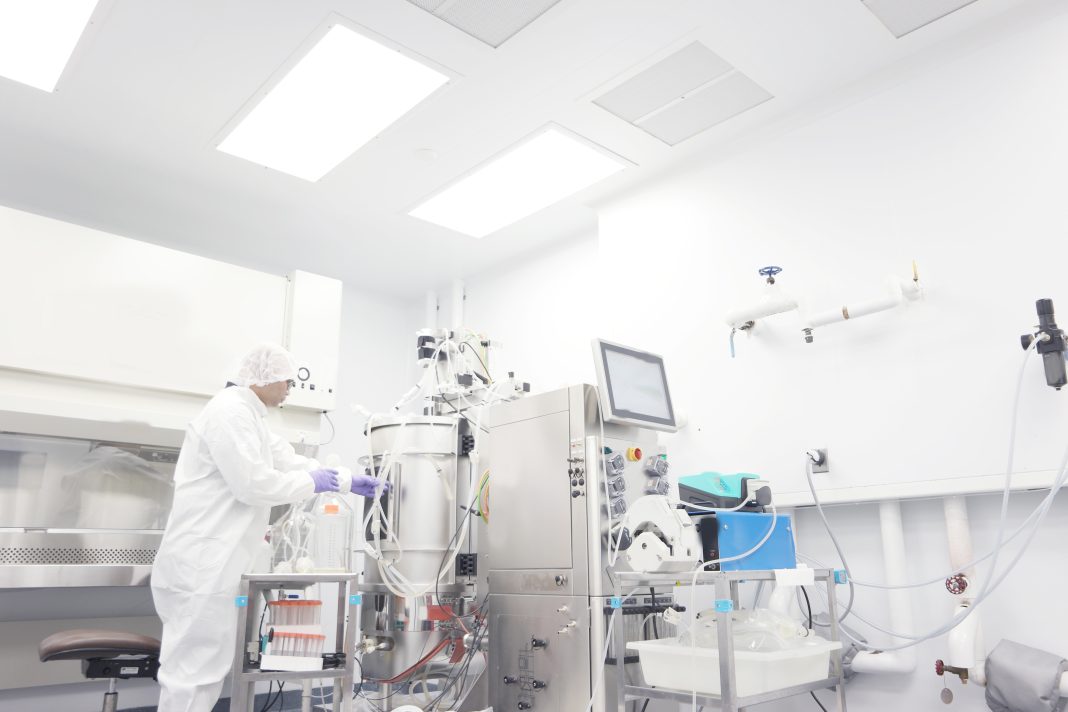A team of scientists is laying the groundwork for ensuring the long-term stability of continuous processes. The researchers, from the lab of Anurag Rathore, PhD, at the Indian Institute of Technology Delhi, have two recent patents for real-time monitoring during formulation and a surge-tank-based control system, both for continuous processing.
According to Garima Thakur, a doctoral student from IIT Delhi, who is named on the patents, “Because continuous processing is not yet widely adopted, people [in industry] are still thinking about technical feasibility. But we’re already thinking about long-term process stability and meeting regulatory requirements.”
Thakur and her colleagues have recently published papers on a digital twin for continuous formulation of monoclonal antibodies, and on techniques for optimizing the use of surge tanks for continuous processing.
Speaking about the digital twin, Thakur said that “The primary motivation was that while there has been a lot of research on the bioreactor and capture steps for continuous processing, much less has been done on the formulation step.” She added that the aim of the digital twin is to simulate continuous formulation under different conditions, such as transmembrane pressures or antibody concentrations. These simulations can then be used to develop real-time monitoring systems.
The team’s surge tank work is also intended to tackle under-researched areas of continuous processing. “Surge tanks are often overlooked enablers of continuous bioprocessing,” Thakur explained. It’s often argued that a perfectly designed continuous process wouldn’t need surge tanks, as the process streams would be flowing continuously, and the output flow rates of each unit operation would be perfectly matched to the input flow rates of the subsequent step. But, in practice, surge tanks provide multiple benefits.”
Among the benefits, is that surge tanks allow processes to resume after equipment failure. They also enable steady-state operation during a continuous process that could be running for an extended period. The team’s research into surge tanks has included a framework for determining optimal surge tank placement, size, monitoring, and control during continuous bioprocessing.
“Our key finding is that surge tanks are important for safety and the robustness of processes,” she noted. “They’re very important for the industry to consider as they adopt continuous processing—to allow the next level of safety.”


